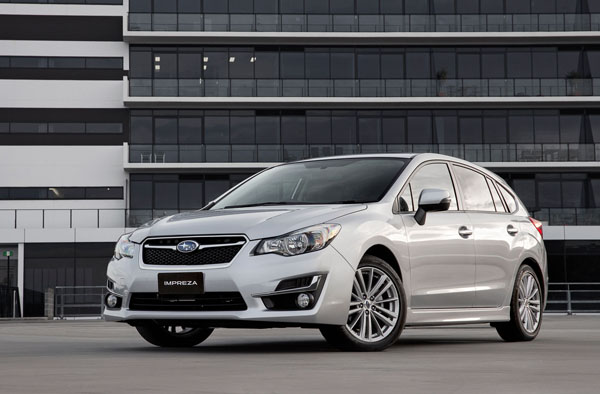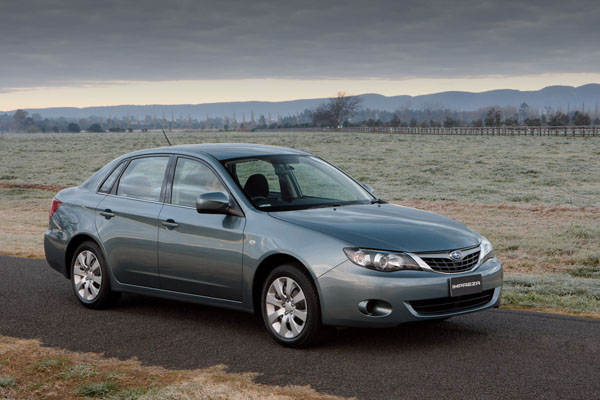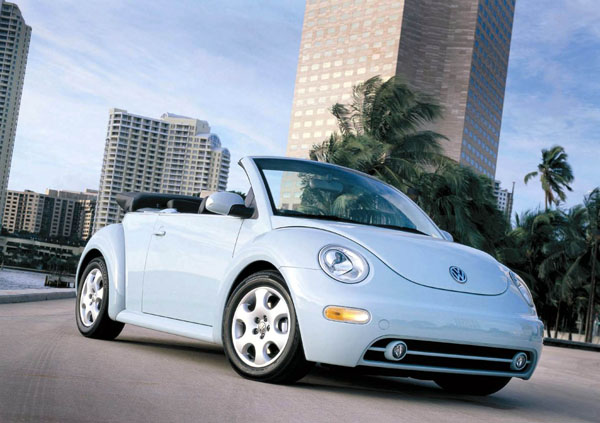It seems to have taken a long time, but in recent years Subaru has finally found style. For many years it was functional first and fashionable second. Until the fourth generation of February 2012 it was on the bland size, though that didn’t hurt it in the sales race as the no-nonsense Japanese car appeals to no-nonsense Aussies.
An all-new Impreza, gen-five will hit the streets downunder at about the time this story goes to press. The 2017 model is virtually all-new, being built on a lighter, stronger platform and this time it has real style. Not over-the-top, but enough to have attracted plenty of attention when we drove it in Japan a couple of months back.
That new MY17 Impreza seems likely to have plenty of happy Subaru buyers trading in perfectly good older models. This may well result in a glut of used cars that dealers will have to discount to get them off their hands. No promises, but if you move quickly you could do pretty well for yourself.
In this feature we are looking at Imprezas from December 2000 onwards as anything older is getting on in years. Go for something before that if you like, as well driven and maintained one may still have life left in them. It helps if you’re good at doing your own repairs without having to pay a mechanic. Access to most mechanical components is reasonably good. Unless you are competent leave safety related items to the experts.
As well as the rugged nature of all Impreza’s the biggest selling point of the Impreza, indeed all Subarus sold in Australia, is the added traction its all-wheel-drive (AWD) system. Something that makes Imprezas very big sellers in Tasmania and the Snowy Mountains. Not that you need to live in slippery areas to appreciate AWD, it’s just as useful in tropical rain in far north Queensland as near the summit of Mount Kosciuszko.
Sedans and hatches, the latter almost station wagon in their shape, both work well with a strong leaning towards the five-door variants in Australia.
If you want an Impreza station wagon you may care to check out the Subaru Forester, which shares many out of sight components with Impreza. Another option is the Impreza XV. First sold in 2010, it sits roughly midway between the standard Impreza and Forester in its style.
Subaru Impreza is a midsize car and can carry four adults, though there may be times when you need to compromise on legroom if all four are tall types. Gen-four is the one to go for if you’re looking for a family car, its longer wheelbase provides extra rear legroom.
Most Imprezas use a 2.0-litre flat-four ‘boxer’ engine. A 2.5-litre was introduced in quicker Impreza models in 2001, but was discontinued in early 2006 with the introduction of a new design twin-cam 2.0-litre. That 2.0 engine has performance similar to the 2.5, yet uses significantly less fuel.
The 2.0-litre was further improved with the new gen-four of 2012, providing an even wider spread yet having lower fuel consumption and emissions.
Impreza owners often preferred manual gearboxes, these have five speeds in the first three generations, six in the 2012 model. However, as years pass by automatics are replacing manuals in just about every car on Australian roads. Automatics had only four forward ratios until the introduction of a CVT (Continuously Variable Transmission in the 2012 model. The CVT has manual overrides if you think you know better than the transmission’s computer.
Subaru’s popularity in country regions means that there are quite a few dealers outside the major metropolitan areas.
Spare parts prices are about average for a Japanese car in this class.
Insurance premiums are usually moderate. As always, it’s worth shopping around. Be sure you’re making an exact comparison company to company.
WHAT TO LOOK FOR
Be sure the engine starts easily and idles reasonably smoothly even when cold.
Check for oily fumes from the oil filler hole when the cap is removed.
Look for exhaust smoke when accelerating hard after the engine has been idling for a while.
Make sure the manual gearbox changes gears smoothly and quietly and that there’s no clutch slip. The latter showing up when you accelerate hard, particularly in lo gears.
If you’ve never driven at car with a CVT it may feel odd at first, if you do suspect problems, which are unlikely, have an expert check it out.
Check the condition of the boot for signs of damage caused by things sliding about.
Look for previous crash repairs: the simplest signs are uneven paint matching, paint overspray on glass and other non-painted surfaces, and slight ripples in the panels.
CAR BUYING TIP
Get started early in the morning to go used-car hunting. The best buys seldom last for more than a few hours.













